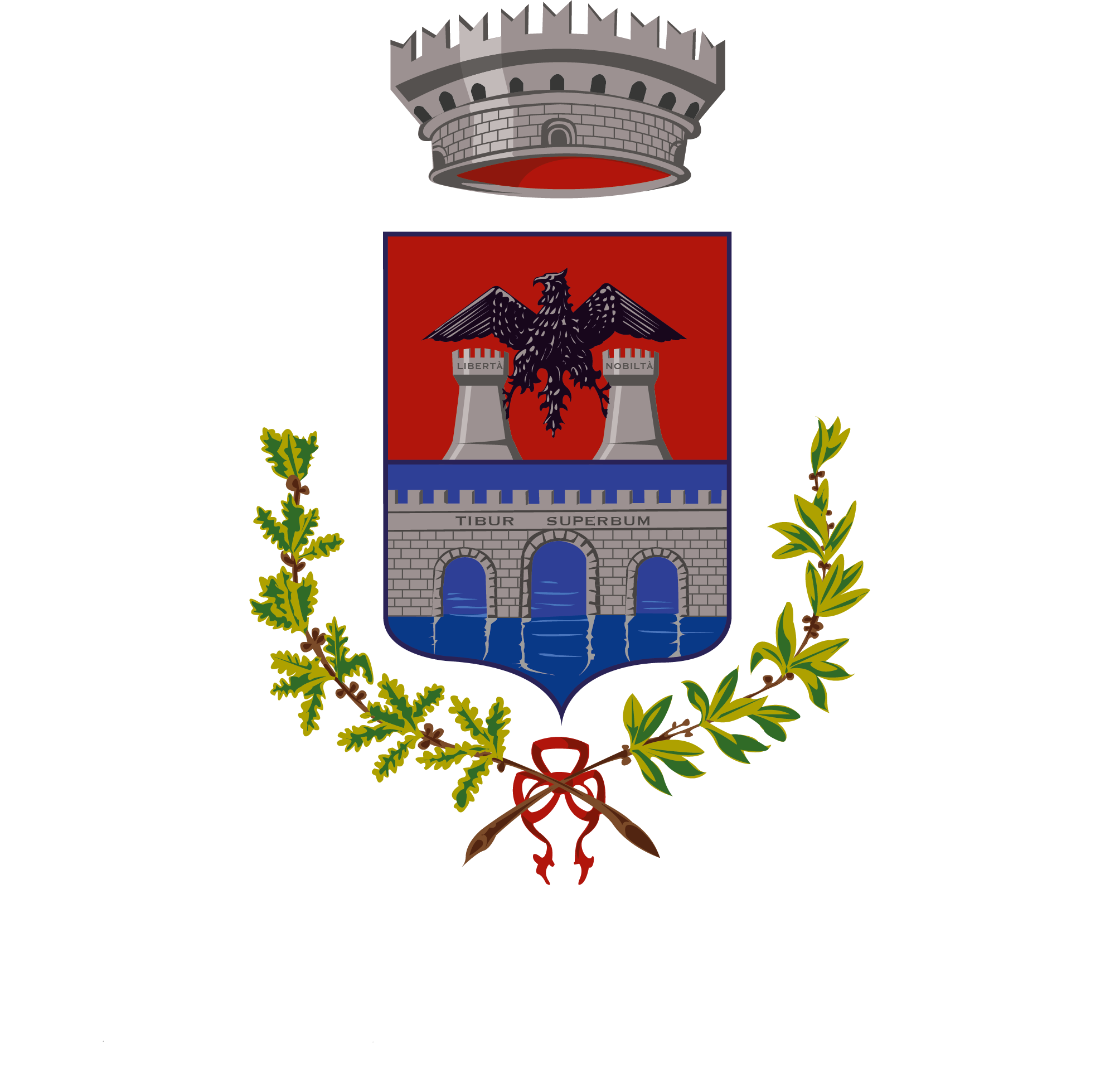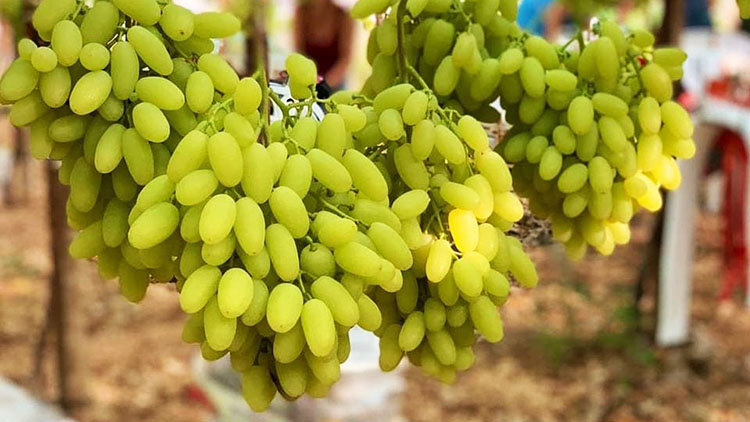Culinary Specialties
Local Products
The allure of Tivoli is not only tied to its history, but also to its local culinary heritage, marked by a strong rural and folk influence rooted in the processing and crafting of traditional regional products, including the Pizzutello grape and extra virgin olive oil.
The “Terre Tiburtine” Extra Virgin Olive Oil
The tradition of olive oil production in Tivoli has ancient origins, dating back to the Roman Empire period. The renowned “Oleum Tiburtinum” was well-known among the Romans, hailing from the rural landscapes of ancient Tibur. Over centuries, this product remained a staple food for local communities, eventually becoming one of the region’s most significant products.
Celebrated for its golden-yellow color with green undertones, Tivoli’s extra virgin olive oil boasts a fruity flavor with a gentle hint of spiciness. Despite a noticeable reduction in the number of olive trees dotting the countryside over the years, olive oil production remains a pivotal feature of the local economy.
Some centuries-old olive groves can still be found both around Villa Adriana, the historic imperial residence of the Roman Emperor, and along the picturesque Via di Pomata.
Pizzutello
The Pizzutello is a high-quality table grape cultivated on the outskirts of Tivoli, also known as the “horn grape” due to its distinctive oval shape. It comes in two varieties, white and black.
According to an ancient local legend, the black variety was believed to enhance the beauty of women’s eyes. Since October 2, 1845, when Pope Gregory XVI visited Tivoli, this unique grape has been honored and celebrated during the lively Pizzutello Festival.
The Trout and the Fish Farms
The Aniene River has played a pivotal role in the historical development of Tivoli and the broader Aniene Valley. Water held significant value in ancient times, serving as a vital source of potable sustenance and a transportation medium for goods, such as travertine to Rome. Additionally, it provided irrigation for agricultural lands and served as a renewable energy source through the exploitation of the differences in height in the area, later harnessed for electricity generation. Moreover, the river facilitated fishing activities and fish farming. Nonetheless, preserving fish posed challenges, leading to the establishment of animal vivariums and fish farms, known as piscinae.
These fish farms were and still remain quite prevalent across the territory of Tivoli and the Aniene Valley. Nero commissioned the construction of two artificial fish ponds for trout farming near his villa in Subiaco. Emperor Hadrian, at his villa located beneath Tivoli, Consul Manlius Vopiscus within Villa Gregoriana, as well as the less renowned villas of Cassius, Brutus, and Quintilius Varus, all boasted their own fisheries. Moreover, within the Sanctuary of Hercules the Victor, a fish pond with a diameter exceeding 20 meters was unearthed. Perhaps driven by his passion for the city’s history, Cardinal D’Este established fisheries within his villa in Tivoli, not only for rearing various freshwater fish species but also for the enjoyment of fishing by villa guests.
The native brown trout of central Italy is highly prized and commonly found in the waters of the Aniene River. Belonging to the Salmonidae family, it is known for its discerning taste for pristine water conditions, requiring ample oxygenation and minimal pollution. Renowned for its exceptional nutritional composition, particularly suited to modern Mediterranean diets, the brown trout boasts 0 grams of carbohydrates, 14.7 grams of protein, 3 grams of fat, and 80.5 grams of water per 100 grams, amounting to a total of 55 calories.
Food and Wine in Tivoli and Its Environs
Tivoli’s cuisine is both simple and refined, crafted with a balanced use of carefully selected, genuine ingredients, an essential foundation for dishes that faithfully honor the region’s ancient and humble culinary traditions. We offer a brief gastronomic journey for those eager to taste the numerous delicacies of Tivoli.
Scafata
The Scafata is a traditional dish of Tivoli prepared with vegetables. Reflecting a rural and popular tradition, it is rooted in simplicity, land cultivation, and the use of authentic local ingredients such as fava beans, peas, artichokes, potatoes, spring onions, and garlic.
Pizza Cresciuta
The Pizza Cresciuta, also known as Pizza Giulia, is a traditional sweet delicacy from Tivoli, typically made during the Easter festivities. Its ingredients include eggs, sugar, Alchermes liqueur, white vermouth, olive oil, anise, lemon, and oranges. Following the local tradition, the Pizza Cresciuta is traditionally savored on Easter morning alongside a type of salami called corallina.
Pangiallo
Tied to the Christmas tradition, the Pangiallo is a traditional dessert deeply rooted in the culinary heritage of Tivoli. It is prepared using ingredients like honey, dried fruits, sultanas, bitter cocoa, dark chocolate, and orange zest.

